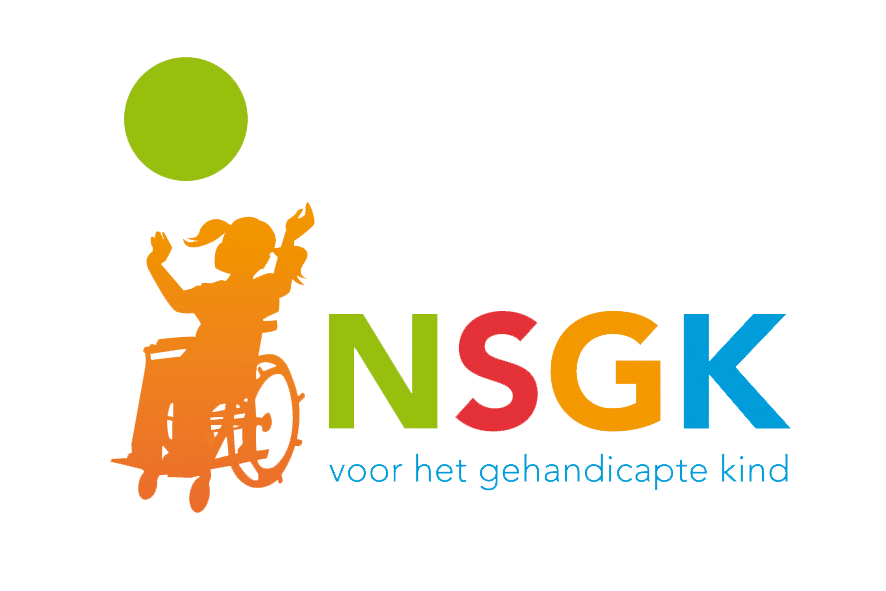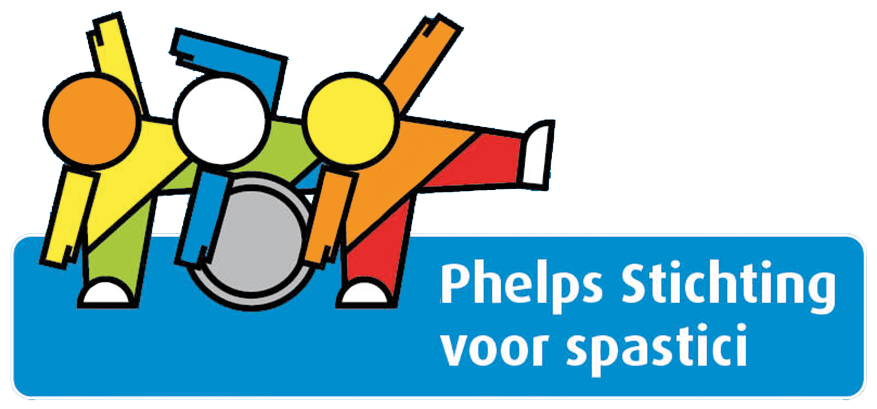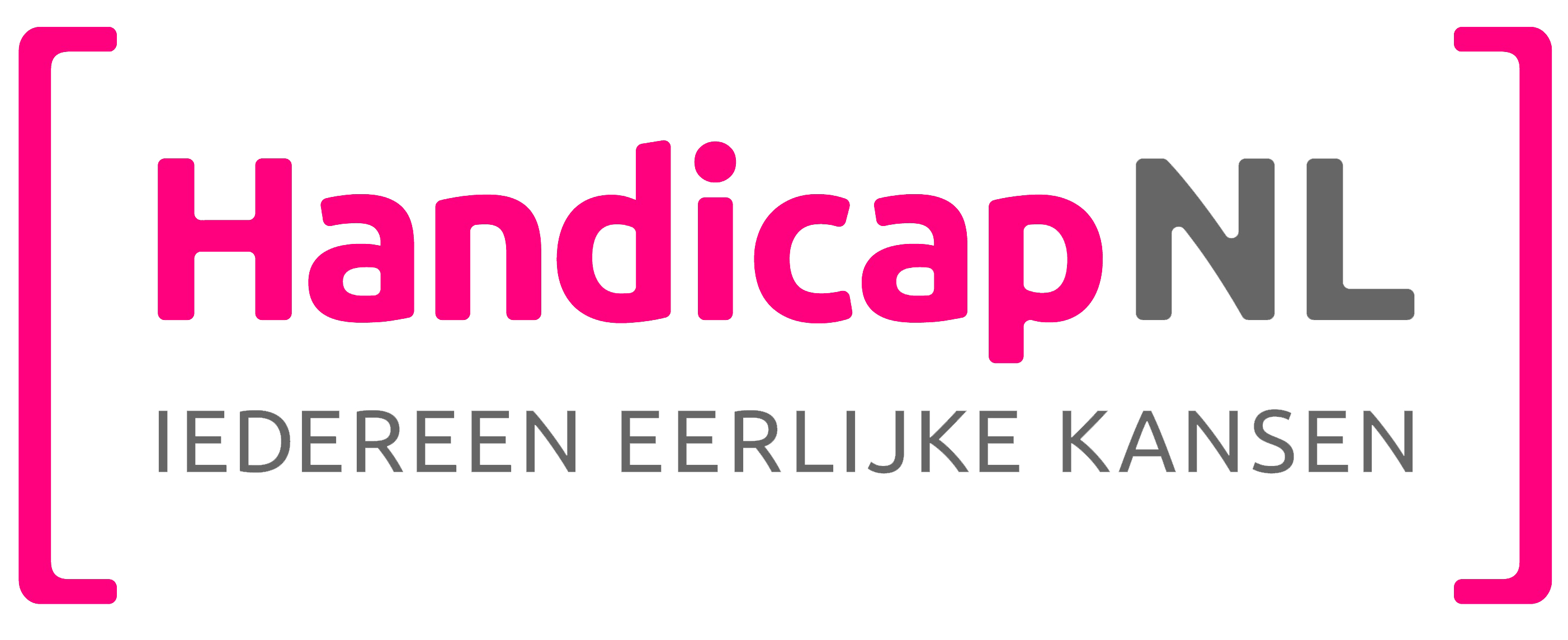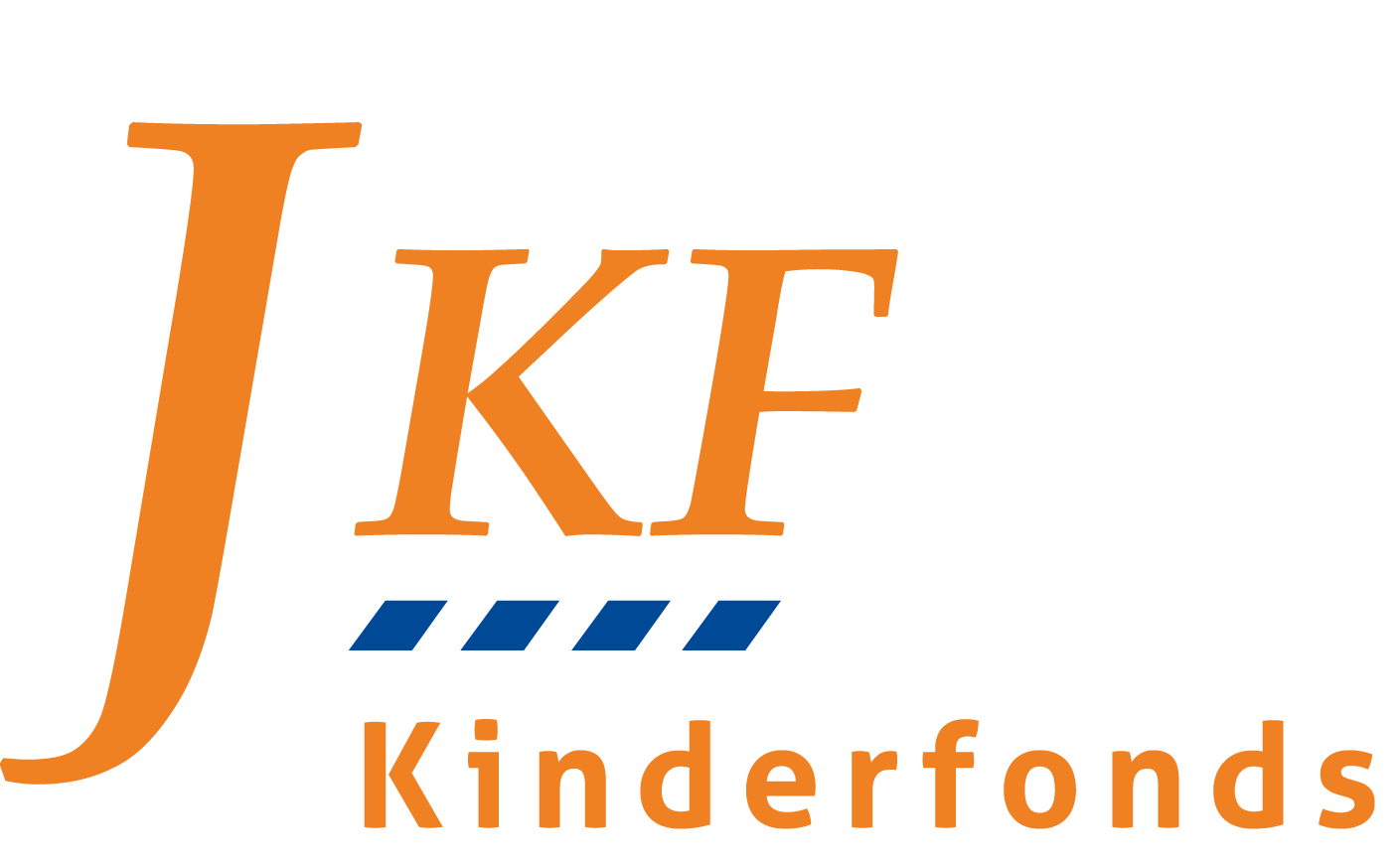Extra literatuur paper 1
Extra References
Endnote 1
List of supplementary literature and study material.
Baumann, S. E., Lhaki, P., & Burke, J. G. (2020). Collaborative filmmaking: A participatory, visual research method. Qualitative Health Research, 30(14), 2248–2264. doi: 10.1177/1049732320941826
Blackstone, S. W. (2005). What are visual scene displays? Aac-Rerc, 1(2), 1–6. http://mcn.ed.psu.edu/dbm/RERC_Newsletter/Winter 2005 - Vol1, Issue 2/RERC on Communication Enhancement eNews_ What are visual scene displays.pdf
Chalfen, R., Sherman, L., & Rich, M. (2010). VIA’s visual voices: The awareness of a dedicated audience for voices in patient video narratives. Visual Studies, 25(3), 201–209. doi: 10.1080/1472586X.2010.523271
Djonov, E., Tseng, C. I., & Lim, F. V. (2021). Children’s experiences with a transmedia narrative: Insights for promoting critical multimodal literacy in the digital age. Discourse, Context and Media, 43, 1-12. https: doi.org//10.1016/j.dcm.2021.100493
Lim, F. V. (2021). Investigating intersemiosis: A systemic functional multimodal discourse analysis of the relationship between language and gesture in classroom discourse. Visual Communication, 20(1), 34–58. doi: 10.1177/1470357218820695
Gomez, R. (2020). Photostories: A participatory photo elicitation visual research method in Information Science. Qualitative and Quantitative Methods in Libraries, 9(1), 47–63.
Meager, N. (2019). Observational filmmaking for education: Digital video practices for researchers, teachers and children. Palgrave Macmillan. doi: 10.1007/978-3-319-90626-3
Potter, J., & Cowan, K. (2020). Playground as meaning-making space: Multimodal making and re-making of meaning in the (virtual) playground. Global Studies of Childhood, 10(3), 248–263. https://doi.org/10.1177/2043610620941527
Ranker, J. 2018. The sliding of the signified: Multimodal sign operations in a youth-created experimental digital video. Visual Communication, 17(4), 337-362. doi: 10.1177/1470357218763333
Rich, M., & Chalfen, R. (1999). Showing and telling asthma: Children teaching physicians with visual narrative. Visual Studies, 14(1), 51-71. doi: 0.1080/14725869908583802
Shaw, P. (2020). Photo-elicitation and photo-voice: Using visual methodological tools to engage with younger children’s voices about inclusion in education. International Journal of Research & Method in Education Editorial, 24(1), 1-15. doi: 10.1080/1743727X.2020.1755248
Sitter, K. C. (2015). Participatory video analysis in disability research. Disability and Society, 30(6), 910–923. doi: 10.1080/09687599.2015.1057319
Skinner, J., & Gormley, G. J. (2016). Point of view filming and the elicitation interview. Perspectives on Medical Education, 5(4), 235–239. doi: 10.1007/s40037-016-0278-0
Soto, G., Solomon-Rice, P., & Caputo, M. (2009). Enhancing the personal narrative skills of elementary school-aged students who use AAC: The effectiveness of personal narrative intervention. Journal of Communication Disorders, 42(1), 43–57. doi: 10.1016/j.jcomdis.2008.08.001
Worth, S. (2016). Studying Visual Communication. University of Pennsylvania Press. doi: 10.9783/9781512809282
Legel, M. (2023, January 31). FaOC Method: A Practical Tool for Creating, Using and Exploring Self-created Film in Story Sharing. CiB. https://cib.questic-dev.nl/en/
Endnote 2
The website of the FaOC method, including videos, will be freely accessible in multiple language formats upon publication (Legel, 2023).
Legel, M. (2023, January 31). FaOC Method: A Practical Tool for Creating, Using and Exploring Self-created Film in Story Sharing. CiB. https://cib.questic-dev.nl/en/
Extra literature ( and quotes):
Visual Anthropology
Quotes by Clark-Ibáñez, 2007:
“The participant controls the subject of the video/photographs, and also controls (more) the conversation, in which the video’s/photographs are discussed. This is considered to give the participant the power to control the interview, but also to draw the conversation-partners’ attention to elements of their lives that they may have considered to be unimportant.”
“Yet there is nothing inherently interesting about film/photographs itself; instead, film/photographs act as a medium of communication between researcher and participant.”
Framing the social world with photo-elicitation interviews. American behavioral scientist, 47(12), 1507-1527:
“The photographs/film do not necessarily represent empirical truths or “reality. Researchers can use these photographs and videos as a tool to expand on questions and simultaneously, participants can use photographs to provide a unique way to communicate dimensions of their lives.”
Photo-film elicitation conversation
“Through the lens of the learner : using photo-elicitation to assess the recreational needs of learners with intellectual disability: using photo-elicitation to assess the recreational needs of learners with intellectual disabilities”.
Some interesting quotes can be found there, such as:
Alderson, 2008; Watson and Fox, 2018).
“However, involving children, with and without disabilities, as co-researchers requires adapting research methods to expand the understanding of voice beyond verbal or written communication” .
Visual Research with Young d/Deaf people - An Investigation of the Transitional Experiences of /Deaf Young People from Mainstream Schools using Film-Photo-elicitation Interviews.
This is considered to give the participant the power to control the interview, but also to draw the researcher’s attention to elements of their lives that the researcher may have considered to be inconsequential (Clark-Ibáñez 2007).
Quotes by Clark-Ibáñez, 2007:
“The participant controls the subject of the video/photographs, and also controls (more) the conversation, in which the video’s/photographs are discussed. This is considered to give the participant the power to control the interview, but also to draw the conversation-partners’ attention to elements of their lives that they may have considered to be unimportant (Graduate Journal of Social Science, 10(2)).”
“ Allowing the research participant to control which photographs are taken and discussed, an auto-driven interview can ‘break the researcher’s frames’ and allow them to see the world through the eyes of the participants, rather than imposing the researcher/teachers/therapist/ parent frames of reference on the participant’s experiences and thus unfairly influencing the interview data” (Samuels 2007).
“However, many see photo-elicitation interviews as an empowering method for the participants and instead prefer to ask participants to take their own photographs for the interview, focusing on what they think is important” (Holm 2008; Clark 1999).
Visual research methodologies have been acknowledged as one way of creating alternative spaces for communication and collaboration (Patton et al., 2011), …and are positioned to support inclusive research practices with children (Wickenden and Kembhavi-Tam, 2014) and mobilize transformative research agendas (Ritterbusch, 2016).
Consequently, there has been an increase in the uptake of photo elicitation and photovoice in research with children with disabilities. (Ha and Whittaker, 2016; Nguyen et al., 2015; Phelan and Kinsella, 2014; Wickenden and Kembhavi-Tam, 2014); however, with a few exceptions (Shamji, 2007), little research has been conducted on utilizing participatory video or filmmaking (Benjamin-Thomas et al., 2019).
Examples of when stock or researcher-taken photographs are used could be when a researcher has a very specific research focus in mind, when participants are considered to be too young or otherwise unable to take photographs themselves (Epstein et al. 2006).
“The software resources remain to be exploited by social science communities in general. While multimodal annotation tools have been limited developed for social science research purposes (for an overview of these tools (see Rohlfing et al., 2006)”.
“There is clearly room for the development of digital tools which address the specific concerns of critical discourse analysts, particularly for new media genres “ (Wodak & Meyer, 2009).
“Yet there is nothing inherently interesting about film/photographs itself; instead, film/photographs act as a medium of communication between researcher and participant.” Framing the social world with photo-elicitation interviews. American behavioral scientist, 47(12), 1507-1527:
“The photographs/film do not necessarily represent empirical truths or “reality.Researchers can use these photographs and videos as a tool to expand on questions and simultaneously, participants can use photographs to provide a unique way to communicate dimensions of their lives.”
Gaede, R. J., & Surujlal, J. (2011). Through the lens of the learner: Using photo-elicitation to assess the recreational needs of learners with intellectual disabilities. African Journal for Physical Health Education, Recreation and Dance, 17(sup-2), 344-355: “Through the lens of the learner : using photo-elicitation to assess the recreational needs of learners with intellectual disability: using photo-elicitation to assess the recreational needs of learners with intellectual disabilities.
Homer, D. (2021). Listening to further education students’ perspectives: examining student voice practice through the lens of auto-driven photo elicitation. Research in Post-Compulsory Education, 26(4), 479-502.
Clark, C. D. 1999. “The Autodriven Interview: A Photographic Viewfinder into Children’s Experience.” Visual Studies 14 (1): 39–50. Clark-Ibáñez, M. 2004. “Framing the Social World with Photo-Elicitation Interviews.”
Epstein, I., B. Stevens, P. McKeever, and S. Baruchel. 2006. “Photo Elicitation Interview (PEI): Using Photos to Elicit Children’s Perspectives.” International Journal of Qualitative Methods 5 (3): 1–9. doi:10.1177/160940690600500301.
Chaplin, E. 1994. Sociology and Visual Representation. London: Routledge.
“These photographs could be stock material or photographs taken by the researcher, or photographs taken by the research participants. They are used in the research interview to elicit a response from the participant in a similar way to a spoken or signed question. In effect, they are used as visual questions and prompts within the interview.”
“The software resources remain to be exploited by social science communities in general. While multimodal annotation tools have been limited developed for social science research purposes (for an overview of these tools (see Rohlfing et al., 2006)”.
“There is clearly room for the development of digital tools which address the specific concerns of critical discourse analysts, particularly for new media genres “ (Wodak & Meyer, 2009).
Multimodal transcription-coding software





